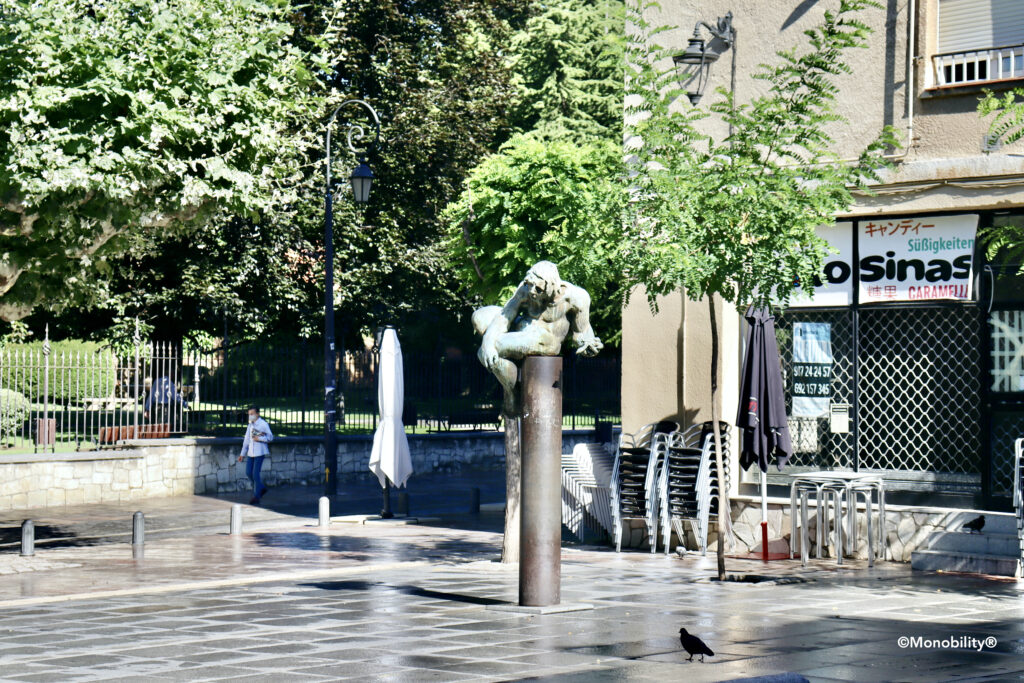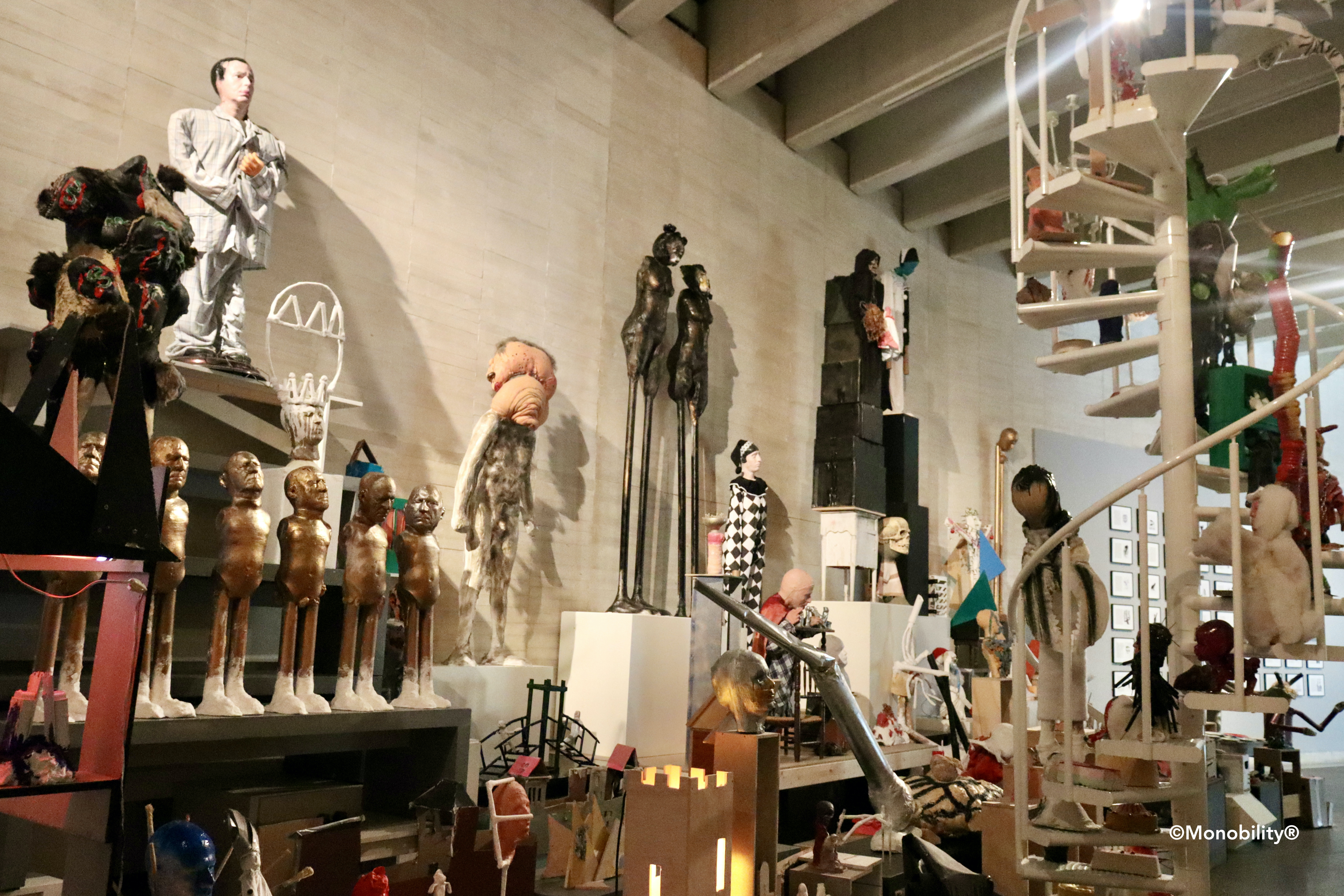When you travel to a foreign country and don’t know the language yet, one of the first things to learn online is how to say “I want to …” to the locals. Otherwise, you may get hungry, waste your time, or even worse, put yourself in danger. In Korean, it is very simple to say it. After a verb stem, just say –고 싶어요 [which sounds as -고 시퍼요]. Its diary form is simply “-고 싶다”, which is used when you speak to yourself or write a diary. And do not say unnatural anglicisms like “-기를 원해요”, which Koreans almost never say in everyday conversations.
In the following scene from 경성 크리처 Gyeongseong Creature (2023), the Korean mother imprisoned as a victim of Japan’s lethal human experiments during World War II writes in 한글 on the prison wall with her blood. Please note that at that time Korean was written from top to bottom, instead of left to right, as many other Asian countries did. Nevertheless, I am sure that by now, many of you have studied 한글 enough to read and understand what she wrote on the wall.
살고 싶다 I want to live… [살다 to live; verb stem = 살]
살아서 live, and [(verb stem)+아/어서 means continuation of action, followed by a sentence saying a subsequent action = …, and ]
보고 싶다 I want to see [보다 to see/look; verb stem = 보]
우리 딸 my daughter [우리 딸 doesn’t mean “our daugher” here; it means “my daughter”]
채옥아 Chae-ok! [(name)+아/야 vocative case ending; if the name ends in a consonant, use 아; if it ends in a vowel, use 야]
RECAP on “보고 싶다” I wish to see = I miss:
RECAP on how to use the Korean possessive adjective 우리:
About Japan’s lethal human experimentations during World War II:
https://en.wikipedia.org/wiki/Unit_731
Monobility® Group



